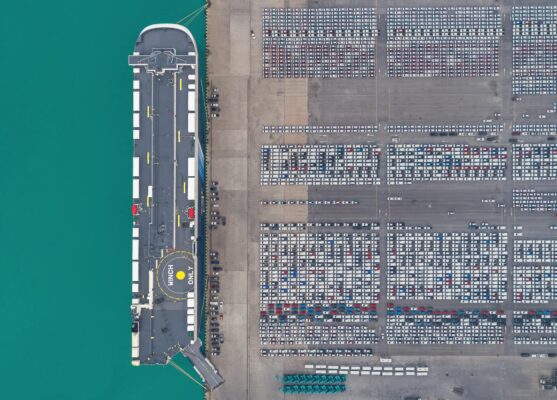Aunque cada vez es más común, enviar barcos internacionalmente puede ser complicado, especialmente para los remitentes inexpertos. Los diferentes tamaños, regulaciones y documentación requeridas pueden confundir incluso a personas experimentadas.
Importing Cars from Japan
Understanding the regulations for bringing Japanese cars into the U.S. is essential. For example, almost all 1997 or newer Japanese Domestic Market (JDM) cars are illegal to import into the U.S.
Relaciones con los Clientes en el Transporte de Carga
En el comercio internacional, los agentes de carga son los intermediarios que se encargan de la logística para llevar la mercancía al destino final. Asimismo, los agentes coordinan con transportistas
Baltimore Key Bridge Collapsed
Early Tuesday morning, the 1.6-mile-long Baltimore Key bridge collapsed into the Patapsco Rover. Around 1:30 am, a massive container ship crashed into one of the bridge’s support beams, causing it
Shipping Boats Internationally
Shipments like yachts are valuable investments, and a misinformed decision can lead to significant losses.
Fast Fashion Logistics
Fast fashion is the quick production and transport of inexpensive clothes items on a mass scale.
Direct And 3PL Fulfillment
While Direct and 3PL are both models of customer fulfillment, the main difference is the process.
Strikes in East Coast Ports
With recent talks of potential strikes rising, what can this mean for international shipping, and how can you prepare?
What Are Free Trade Zones?
FTZs are specialized locations where shippers can import, re-export, manufacture, and store shipments with limited involvement of customs agencies.
The Ongoing Red Sea Attacks
The Red Sea is one of the most significant waterways in international trade. It connects to the Suez Canal, one of the most crucial artificial passages for shipping.










